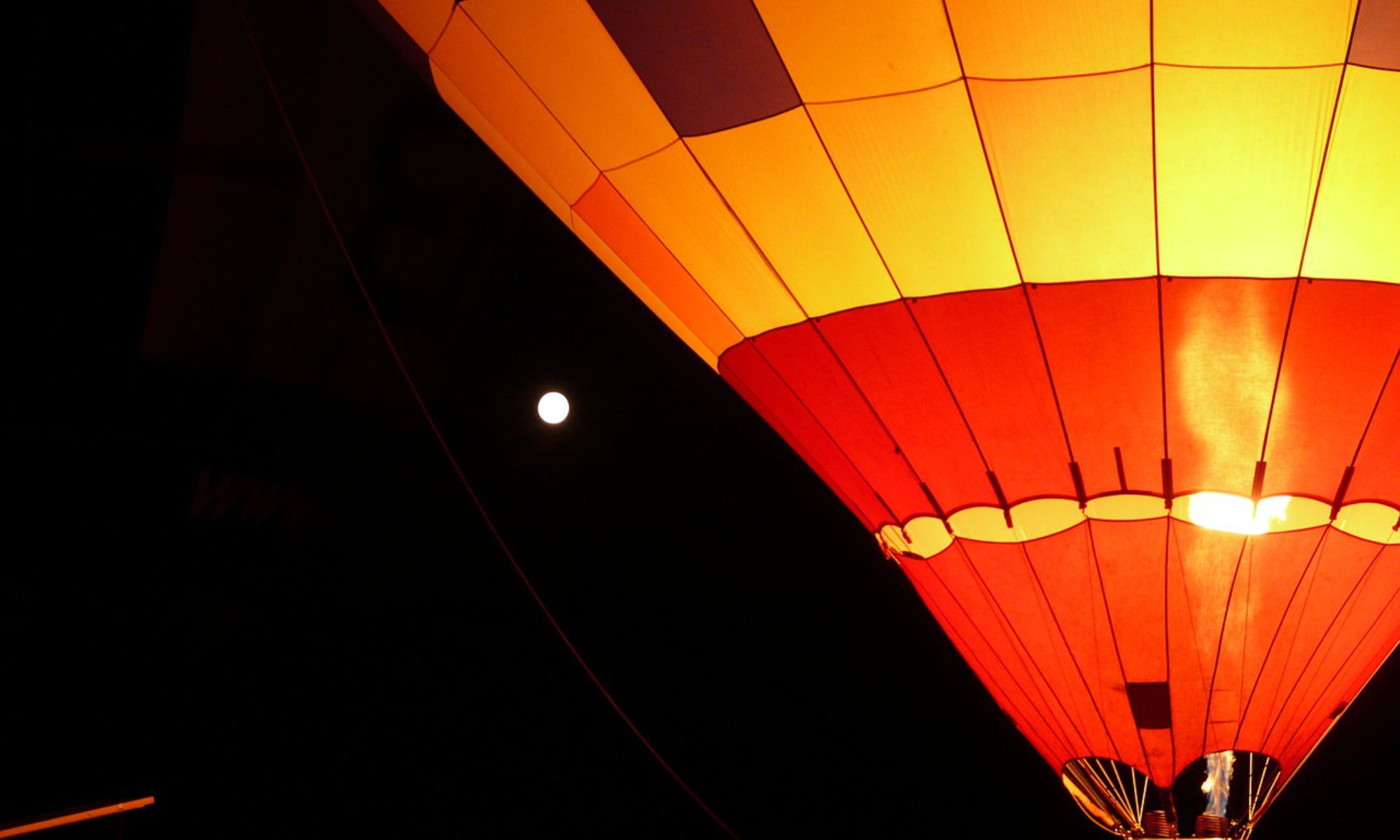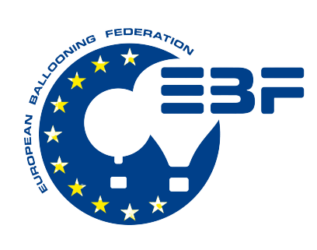The first thing to say is that virtually every nation has developed its own overall public response, so different limitations exist as do different policies for ‘exit’ timing. Even within single countries (such as Germany) several variations and enforcement levels exist.
Clearly the most limiting element in all this is ‘social distancing’, which varies from 2 (UK)-10 (Denmark) people in a group, and at distances ranging from 1.5-2.0m.
In addition certification limits (Maintenance Manual Programme) mean that there can be no deferral of annual inspection by more than one month for any EASA-certified manufacturer, even though other elements such as ARCs and pilot medicals are being extended in most countries. This may mean a queue for inspections once opening-up is announced, and only then if distancing is not enforced. Imagine inspecting a Group D balloon with limited help?
Remember that big balloons using the rapid deflation methods installed by most, if not all, manufacturers, have a calculated Minimum Landing Mass (a Flight Manual Limitation). This means you cannot just say “let’s take 8 passengers instead of 16”.
Then the distancing issues, starting before the flight:
- Can a briefing be given without passengers being shown the safety features of entry, restraint, landing position etc?
- How many passengers can be in each compartment (even if separated by a screen between compartments)? Most sections are at maximum 2-2.5m long.
- With small single-compartment baskets required separation is practically impossible without obstructing the pilot.
- How is the work of rigging, inflating, and subsequent packing to be achieved with separation? A 375 balloon envelope weighs around 350-400kg. Even with mechanical assistance this will be a challenge.
- Returning to the take-off site in a vehicle. How many occupants (including pilot, crew, pax) are permitted in a vehicle?
- How will landowners/farmers react to a large group of strangers arriving on their land?
All this assumes that VFR flight is permitted by the NAA and that limitations on location (most aircraft, but not balloons, take off and land in a known and controlled environment) are relaxed. Even private flights are likely to be affected by many of these considerations.
Some questions can be answered by innovation, but care should be taken not to solve one problem and inadvertently create another.
Phil Dunnington

